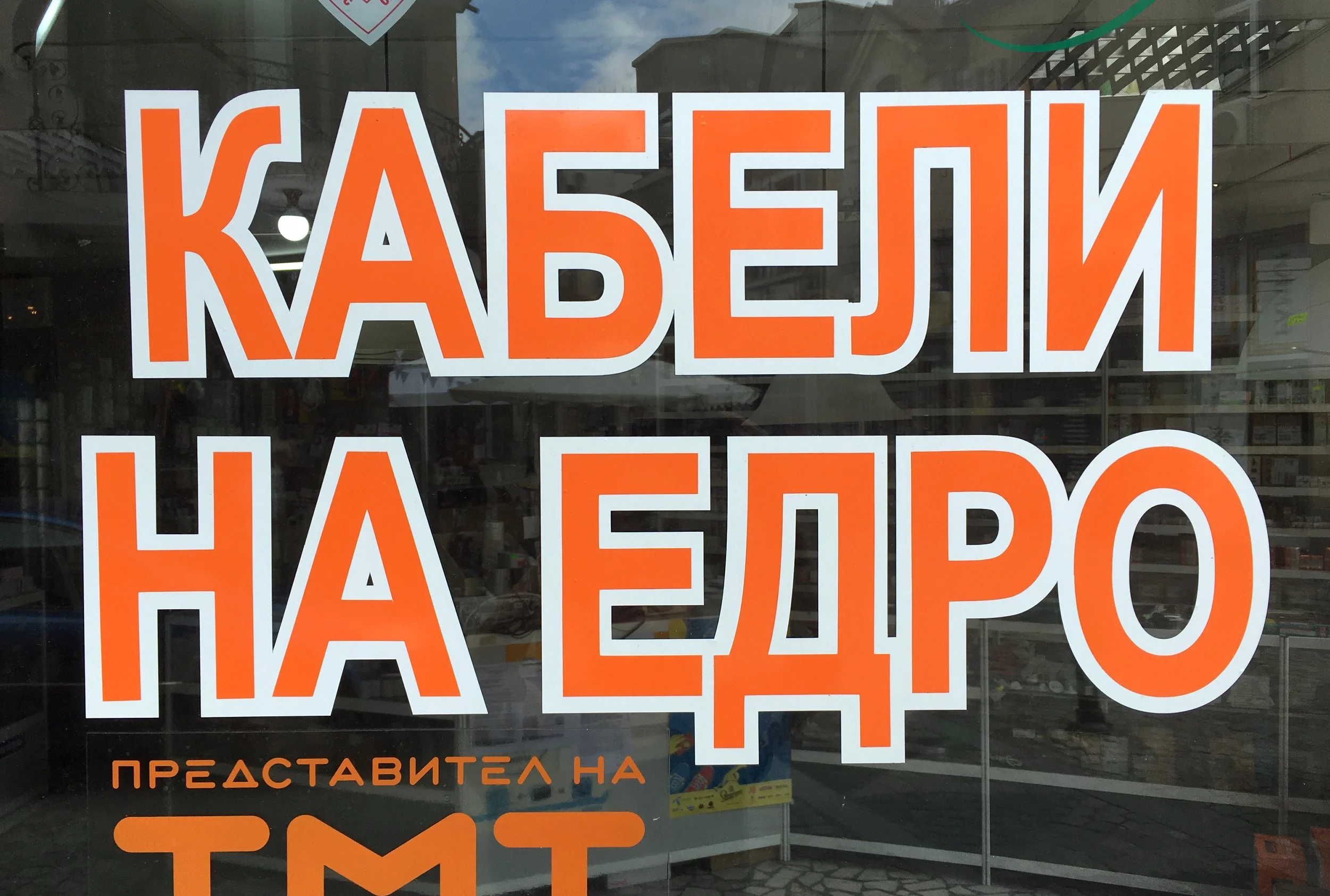Munnar, India. The little (Kannan Devan Plantation Company Private Limited) Tea Museum fits perfectly into the category of Commercial Visitor Center. It's informative, and interesting, but with the goals of glorifying/propagandizing the company and enhancing product sales, in this case tea. These motives are obvious at Commercial Visitor centers. We expect to get a crafted narrative that "advertises" the content. It's even part of the fun, sometimes. Just being out in the tea plantations, for instance, is an exciting reason to be here. When we think of it as an informative personalized store experience, it seems innocent, because we know it. But in museums in general, intentions are often a murky gray area, hard to navigate. When is a museum offering something for you to interpret freely, with no agenda, and when is a museum selling products and ideas? Who are the exhibition sponsors, and what are the hidden agendas?
At the little Tea Museum, the experience is controlled right from the entry.





























































































































